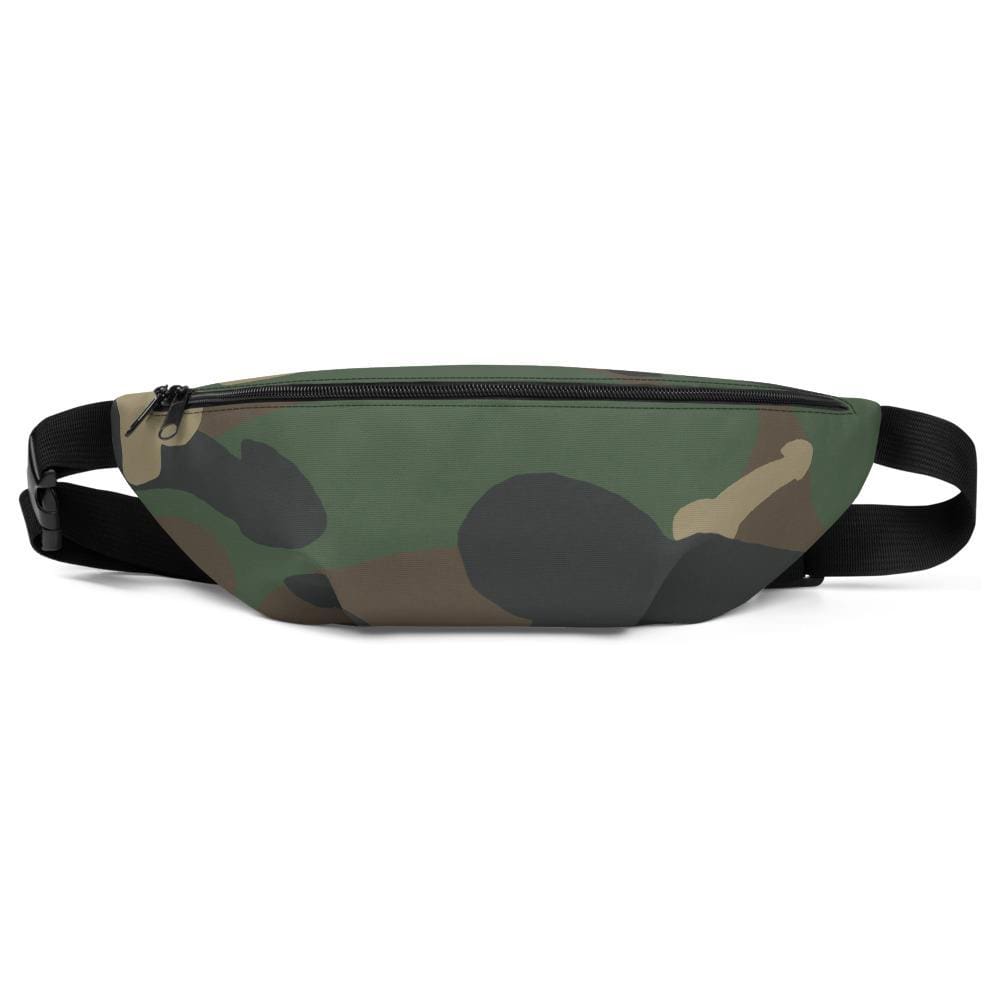
Based on a mispronunciation of ‘Pineland’ the Peenland Camo was developed by On Station Apparel to honor their SF brothers. Fittingly, it is fashioned into a nut sack.
Get yours at www.onstationapparel.com/products/peenland-camo-nut-sack.
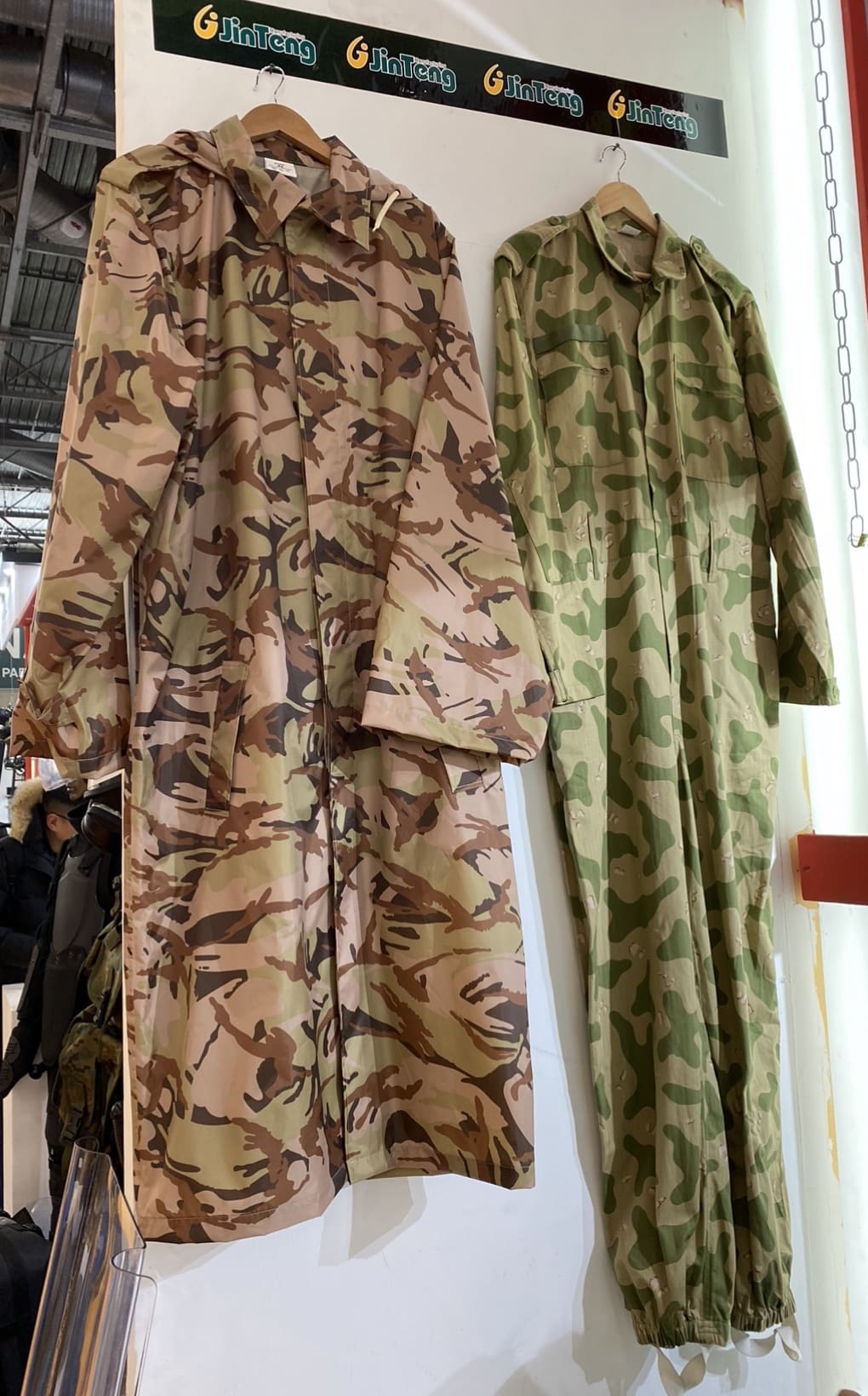
Is this trench coat cool or what? Milipol was filled with manufacturers of the world’s uniform. Companies like JinTeng Manufacturing showed off their wares.
Oh the things that you’ll see at Milipol that you’ll never see anywhere else.
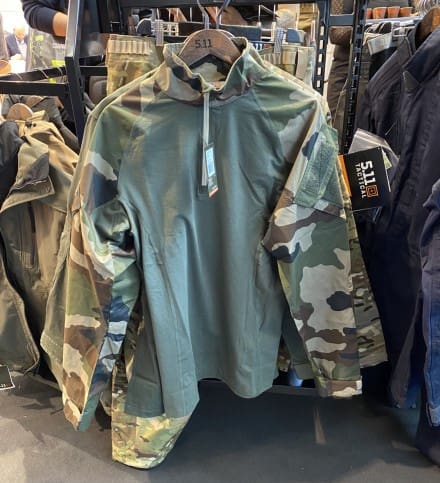
As soon as you walk through the badge checking station you are greeted with a Disneyland of tactical goodness courtesy of Terrang MP-SEC whose booth dominates Hall 5 of Milipol. And looking around, you run across the wildest stuff, like this 5.11 Tactical Rapid Assault Shirt in French camouflage.

Home is where you are: these soft, comfortable cotton duvet covers and terry towels bring a touch of warm luxury to the cold winter and chill you up during the heat of summer. Printed with a classic design by the Finnish Defence Forces of which tens of thousands of people get to enjoy every year. Like those people serve the state, these duvet covers and towel sets will serve you year after year.
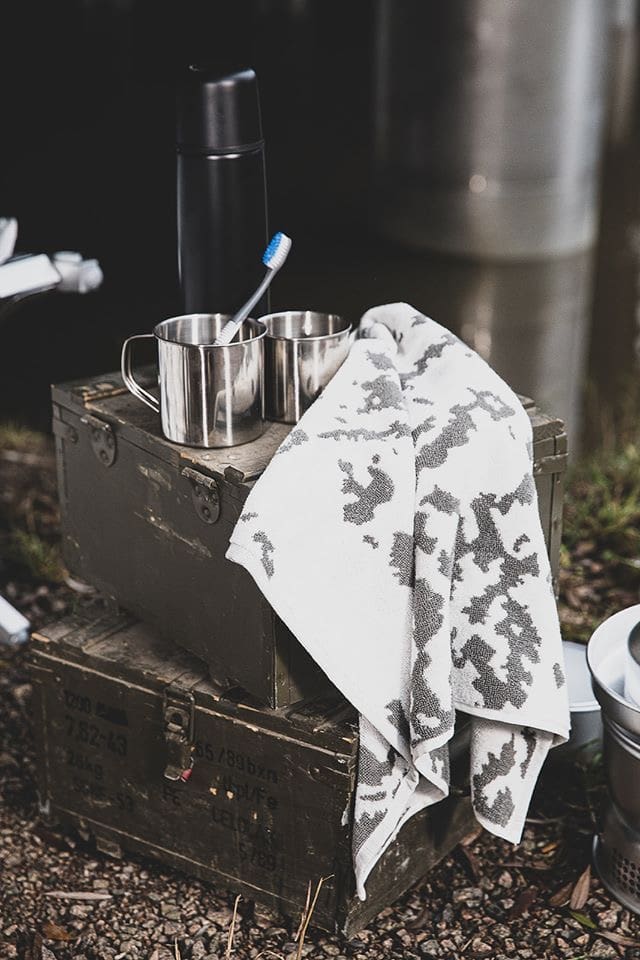
• Särmä Duvet Cover Set: 49,99 €
• Särmä Hand Towel 2-pack: 12,99 €
• Särmä Bath Towel: 19,99 €
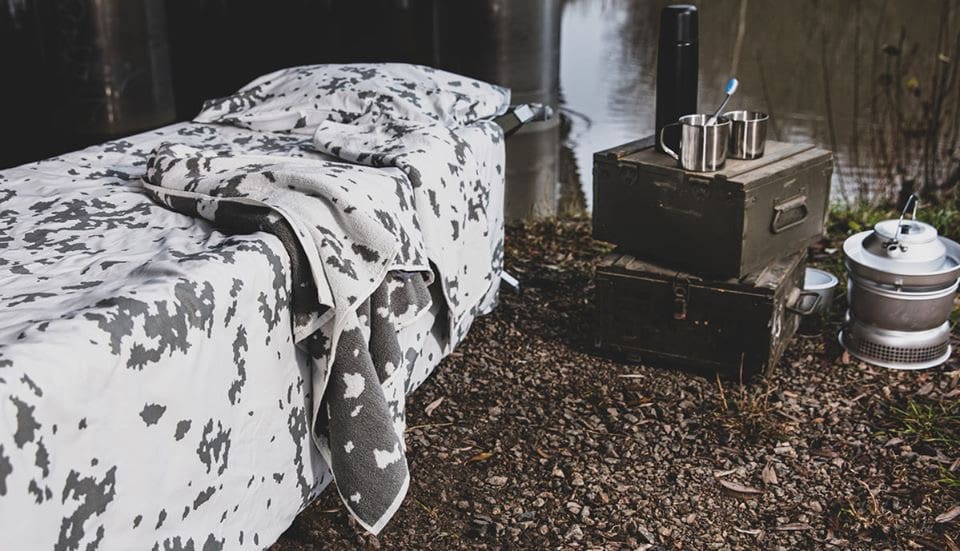
Print: M05 snow
Designer: Finnish Defence Forces
Available from: Varusteleka Ltd.
Founded by Marine Veteran Travis Haley, HSP has introduced M81 Woodland camouflage versions of many of their products.

Appropriate enough on the USMC’s birthday, as Marine Special Operations Command still uses the pattern in their work advising the Afghan Army.
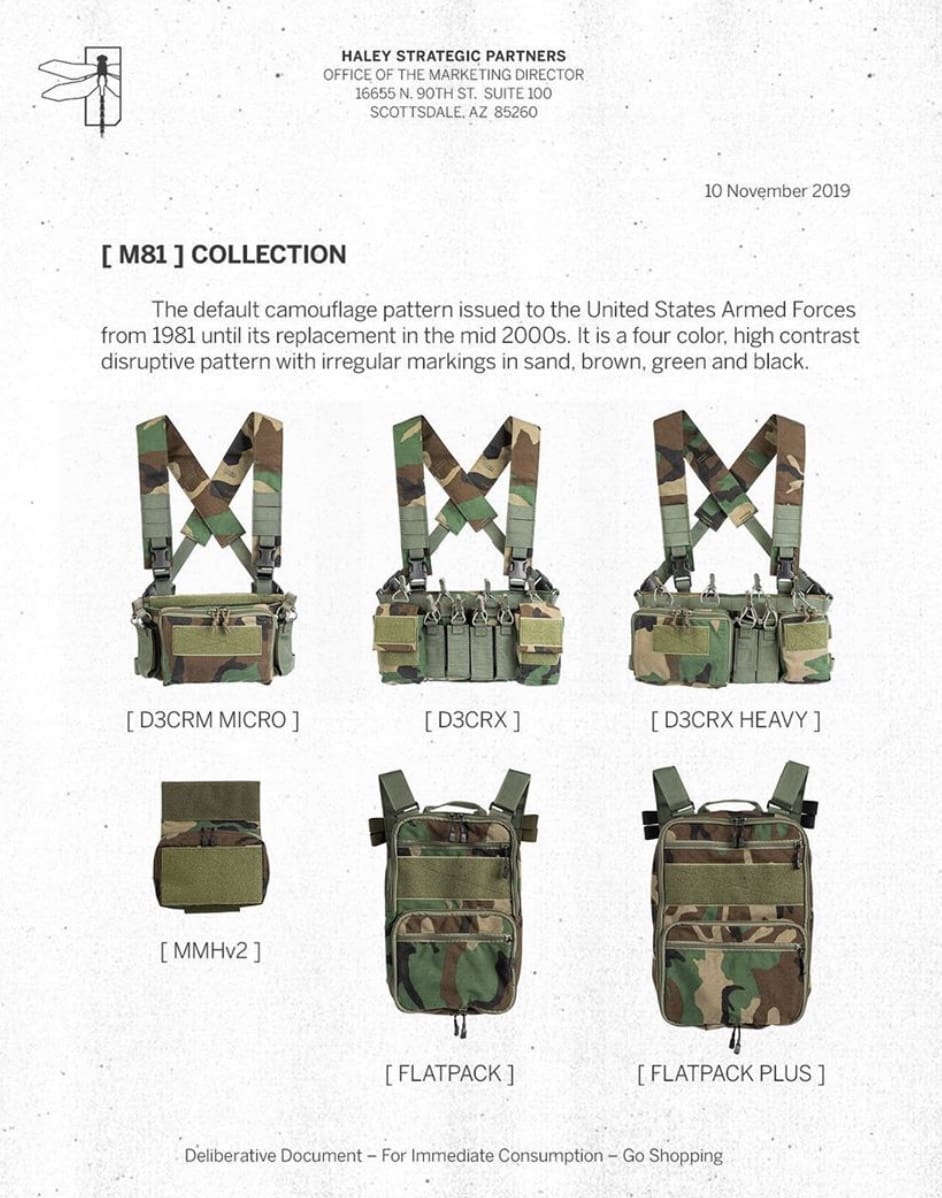
Get yours before they’re gone at haleystrategic.com/m81.
FibroTex USA has the contract to provide camouflage screens for the US Army. Although they are well known in Europe and their home country of Israel, few here know about their other capabilities.
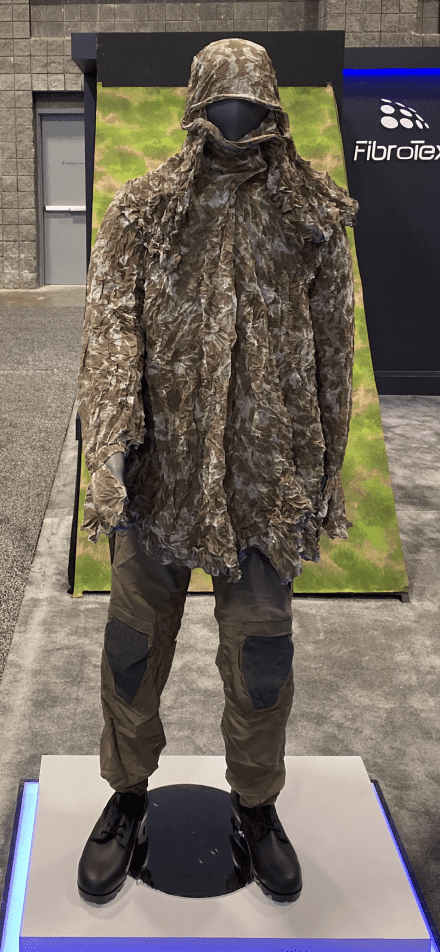
In addition to providing multi-spectral screens which keep watchful eyes out but still allow sensors within to see the battlespace, they also offer lightweight shrouds and oversuits, in a wide variety of visual patterns.
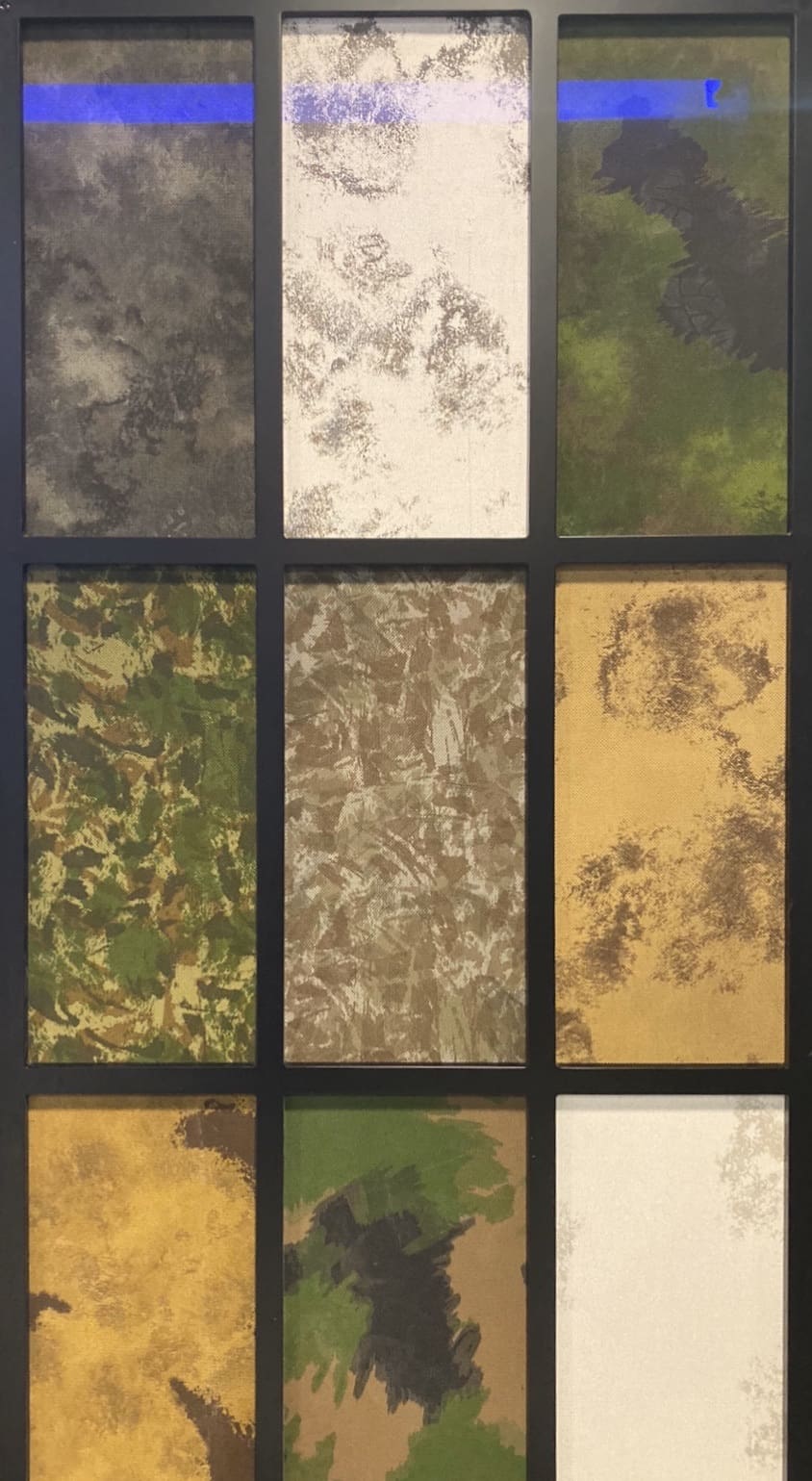
JOINT BASE SAN ANTONIO-LACKLAND, Texas (AFNS) — Trainees entering into Basic Military Training at the 37th Training Wing the first week of October were the first group to be issued the new Operational Camouflage Pattern uniforms.
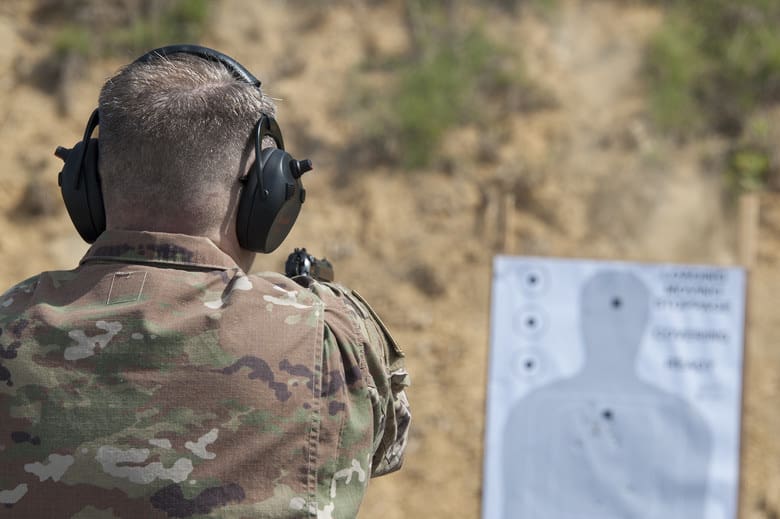
When Air Force officials announced last year they were adopting the Army OCP as the official utility uniform, they developed a three-year rollout timeline across the force for the entire changeover. Last week put them on target for issue to new recruits entering BMT.
“Each trainee is issued four sets of uniforms with their initial issue,” Bernadette Cline, clothing issue supervisor said. “Trainees who are here in (Airmen Battle Uniforms) will continue to wear them throughout their time here and will be replaced when they get their clothing allowance.”
The 502nd Logistics Readiness Squadron Initial Issue Clothing outfits nearly 33,000 BMT trainees every year and maintains more than 330,000 clothing line items.
“We partner with Defense Logistics Agency who provides the clothing items upfront to be issued,” Donald Cooper, Air Force initial clothing issue chief said. “Then we warehouse and issue to the individuals’ size-specific clothing.”
After taking Airmen feedback into consideration, the uniform board members said they chose the OCP for the improved fit and comfort and so that they will blend in with their soldier counterparts’ uniforms in joint environments, according to Cooper.
“Right now, if someone deploys, they’ll get it issued,” Cline said. “And now that everyone is converting over to this uniform, (the trainees) already have the uniform to work and deploy in.”
Following the timeline, the OCP should now be available online for purchase as well.
The next mandatory change listed on the timeline, to take place by June 1, 2020, will be for Airmen’s boots, socks and T-shirts to be coyote brown. Also, officer ranks to the spice brown.
Switching from two different types of utility uniforms to just one, multifunctional uniform could also simplify life for the Airmen.
“I think the biggest value is going to be the thought that they aren’t required to have two uniforms anymore once they convert to a uniform that is for deployment and day-to-day work,’” Cooper said.
For more information on uniform guidance, visit www.afpc.af.mil/Career-Management/Dress-and-Appearance.
Story by Lemitchel King, 502nd Air Base Wing Public Affairs
Photo by Capt Monique Roux
PHANTOMLEAF is a new camouflage pattern on the market – we saw it first at Enforce Tac and IWA 2019. We have recently presented the first combat clothing in the camouflage pattern. HERE the review of the Leo Köhler set in PHANTOMLEAF. And we wanted to know what the Camo can do? HERE it goes to the first field test. Now we wanted to know who is behind PHANTOMLEAF. Florian Lenz tells us where PHANTOMLEAF comes from, what it can do and what is to come.
SPARTANAT: PHANTOMLEAF has now presented its first civilian camouflage pattern. What can WASP II Z3a do? Who should use it?
PHANTOMLEAF: As you can see: It can do camouflage and deception. ? The background is simple: We received many inquiries about our patterns from the retail market. However, as we reserve some camouflage patterns to the authorities, what will not be changed in future, we have decided to develop a free-for-sale model for the civilian market. This took some time, but now the effect meets our quality standards. The area of ??application is the area defined in our system as zone “Z3a”: “Growth without snow cover”. This means high vegetation wich is transferred in a pattern with appropriate structure formation, light input as well as predominantly green tint. – see. our website: https://www.phantomleaf.de/tarnsystem/.
SPARTANAT: PHANTOMLEAF has been haunting the country for a long time, but you have been working very secretively for the public. What are you doing?
PHANTOMLEAF: In our understanding, this concept of confidentiality fits well with the needs of the special-forces units for which we work mainly. Our goal is to provide bespoke camouflage solutions for often very specific camouflaging problems on land, sea and in the air to meet the specific needs of our users. Most of it is confidential, which I ask for your understanding. This is where camouflage and our loyalty to our clients begin.
SPARTANAT: What is the difference between a government and a civilian model? WASP II Z3a is marked with “CIV” in the logo.
PHANTOMLEAF: I would prefer to talk about systems for the government market and systems for the retail market. Both have different needs in detail. Examples include things such as deployment distance to the reconnoitering opposite, tactical behavior and threat situation called. These are reflected, e.g. in the geometry of the camouflage pattern or thermal camouflage properties, the material properties (e.g., flame retardancy) and friend-foe detection, as well as the cutting of the readymade items. In addition, our camouflage patterns marked CIV are freely negotiable. Patterns intended for authorities are only delivered to selected partner companies: https://www.phantomleaf.de/partner/. The protection of our customers is important to us, so that we create both contractual and in the labeling (impression “CIV”) commitment with these partners. That clear handling easy for everyone.
SPARTANAT: How did you come up with the idea of entering the camouflage industry in Germany?
PHANTOMLEAF: I have been in camouflage for about 30 years – primarily to solve a problem, not to use it economically. The trigger is a personal, unpleasant, which I will not go into here. In doing so, I discovered a general principle for pattern generation, which has since been patented. The camouflage patterns produced with this have the significant advantage over various backgrounds of significantly reducing the recognizability of the camouflaged object. Furthermore, they are tailored to the size and geometric relationships of this object. Of course, this clearly increases the flexibility of the user: on the one hand, when moving from different backgrounds to, on the other hand, when he is under threat of reconnaisance from different angles. The latter will, in my estimation, in future be increased by automation such as e.g. using drones. Due to the achievable, highly effective results with these algorithms, I founded the PHANTOMLEAF GmbH in 2008 in order to make this invention usable for the protection of persons for whom I wanted to do something. Meanwhile, this company acts as a development office and Mr. Ulrich Krätzschmar (RECON-COMPANY) and I have together founded the PHANTOMLEAF 4USE GmbH in order to optimally shape the growing production and distribution of the original PHANTOMLEAF products for our customers. We see ourselves as an international company – with “made in germany” roots. This is reflected by our numerous specialist dealers: https://www.phantomleaf.de/handel/. These companies listed on our website also have a contractual obligation to strictly observe the market segmentation in authorities and retail markets for the protection of our government customers.
SPARTANAT: How do you approach the planning of a pattern with PHANTOMLEAF? What demands do you place on you?
PHANTOMLEAF: The approach is very individual, depending on the client approaching us, the object to be camouflaged, and the tactical circumstances such as e.g. place and time of operation. In any case, the systemic approach is important to us: In our experience not only a camouflage pattern should be created, but a coherent overall concept right down to a totally and systemically product design optimized for camouflage: It begins with materials selection, goes over the camouflage pattern, up to cut management and other points to deal with. We have the experience, that such a consequent approach increases the performance of the camouflaged system compared to only dealing with the invention of a pure camouflage pattern. In the end, we definitely want to have a solution for our customers that meets their needs as close to 100% as possible. Since we mostly deal with complex systems at the end, we work together with our partners from the beginning of system development. Our main focus is the “soldier system”.
SPARTANAT: WASP II Z3a is, so to speak, the “green” pattern in the new PHANTOMLEAF line. What else is there to do?
PHANTOMLEAF: Next, a “brown” version is planned: WASP II Z2. It is suitable for regions with low, especially semi-desert-like growth: https://www.phantomleaf.de/tarnsystem/. But we have the experience that this colorit can also serve well in autumnal winter areas, for example in Central Europe. Also envisioned is a “gray” variant Z4 designed for urban / man made environments.
SPARTANAT: Will there be all the gear in the new PHANTOMLEAF WASP II samples? What’s up?
PHANTOMLEAF: Thank you for asking this question. Already now many inquiries reach us. The answer is yes. There will be many articles in the near future, from head to toe, so to speak. Of course also suitable gear and bags.
Florian Lenz, medical doctor, specialist in psychiatry and psychotherapy,
Managing Director of PHANTOMLEAF GmbH and together with Mr. Ulrich Krätzschmar of PHANTOMLEAF 4USE GmbH.
PHANTOMLEAF bei Recon Company: www.recon-company.com/phantomleaf
PHANTOMLEAF: www.phantomleaf.de
SPARTANAT: www.spartanat.com